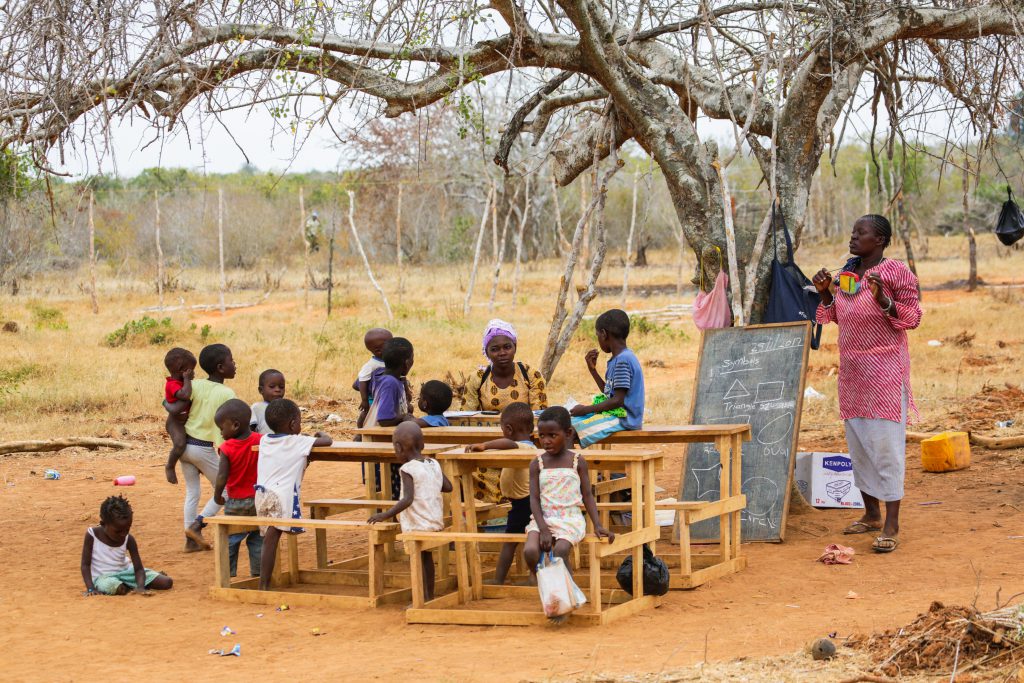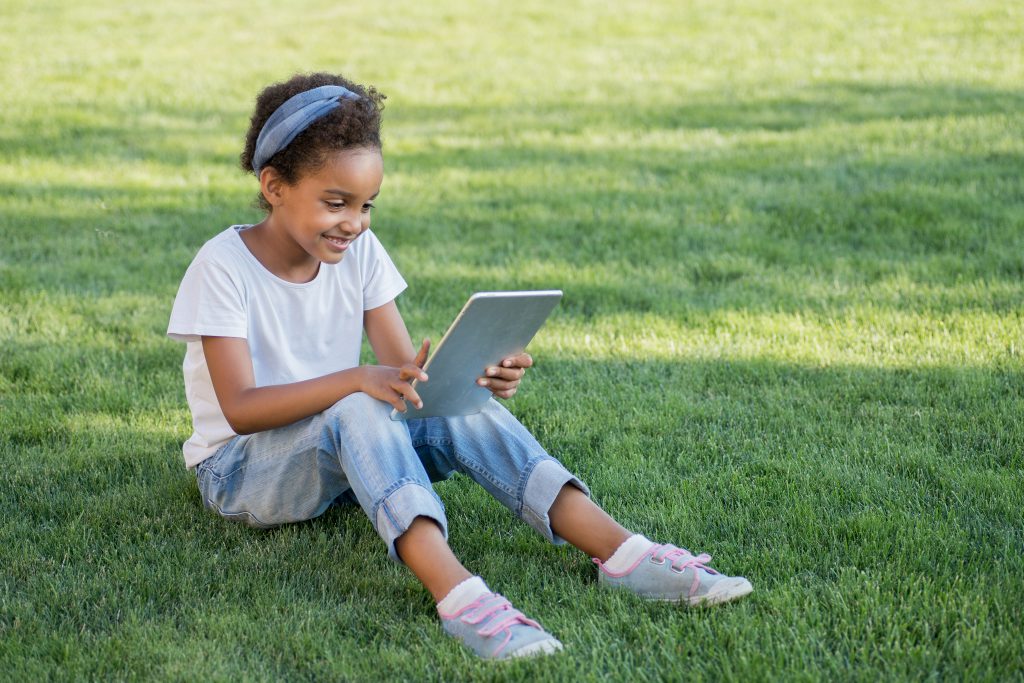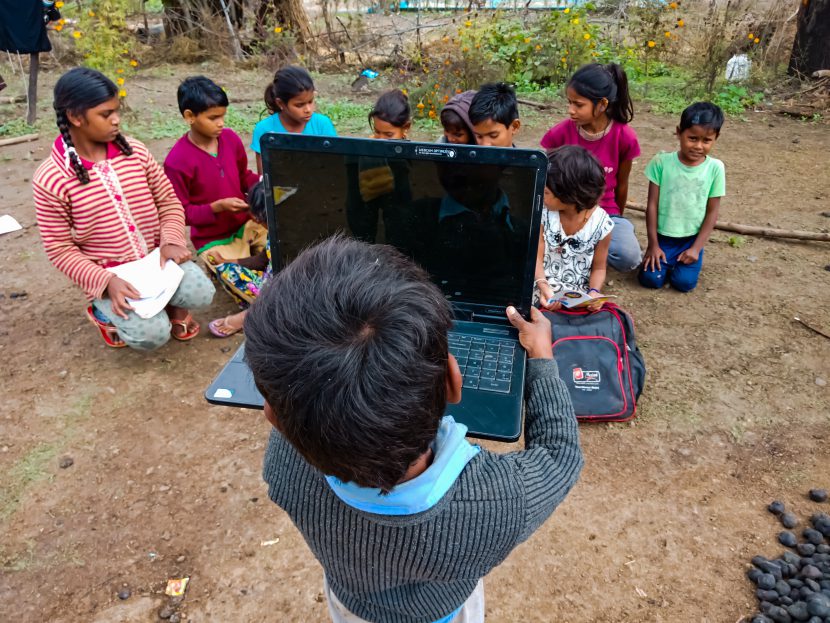One of the aspects the COVID-19 pandemic has shown the world is the necessity of having access to a digital platform to stay in touch with the life one led prior to the pandemic. Whether it is working from home or simply staying in touch with people, access to the internet is essential for maintaining connection.
Not being able to have physical classes has meant that schools across the globe have shifted to an online educational space where children have attended classes from their home, by logging in to an online portal. While this may seem like an obvious step, the reality of the matter is that for at least one-third of the world’s school-going children (463 million), remote learning is an inaccessible route to education (UNICEF, 2020).
A digital divide among children
The power of technology is truly palpable when access to digital tools becomes a necessity to function in day-to-day life. The efficiency brought by apps, websites, and devices permeates into our routines and it is almost unimaginable to think of a lifestyle without the help of any of these tools. However, in times like these, it is important to address the prevalent digital divide that closes doors of access and opportunity to millions of children across the globe. At the General Assembly high-level thematic debate on digital cooperation and connectivity, UN Deputy Secretary- General Amina Mohammed shed light on a global reality saying that nearly half the world’s population (3.7 billion people), most of whom are from developing nations, was still offline (Secretary-General, 2021).
Understanding the importance of robust digital infrastructure is crucial. In recent studies, it has been found that a strong connectivity infrastructure can alleviate up to half of the negative economic impacts from pandemics (World Bank, 2020). Furthermore, the countries that suffered the most from the COVID-19 pandemic, were the countries with poor digital infrastructure, that by 2020, were still unable to offer digital public services and introduce digital technologies within the economy (World Bank, 2020).
A closer look at the issue worldwide
With countries across the world administering lockdowns, the COVID-19 pandemic was the cause for one of the largest mass disruptions of education in history and by April 2020, more than 190 countries had instituted nationwide school closures (UNICEF, 2020). While disparity and lack of access is a known reality, it was magnified during the pandemic. Among children and young adults aged 25 years or less, only 6% in low-income countries have internet access in their homes, as compared to 87% in high-income countries (UNICEF, 2020).
In West and Central Africa, access to the internet for the poorest populations is virtually non-existent while in Eastern and Southern Africa, only 3% of children and young adults aged 25 or less from the poorest families, have access to the internet at home (UNICEF, 2020). Lack of access in sub-Saharan Africa culminates in 90% of students without computers in their homes and 82% of those who are unable to get online (UN, 2020).

In India, access to online education is not a feasible reality for millions of children with statistics showing that only 1 in 4 children have access to digital devices and internet connectivity (UNICEF, 2021). Furthermore, one must take into account the massive rural-urban divide prevalent in India for decades. Prior to the pandemic, only a quarter of households (24%) in India had access to the internet (UNICEF, 2021).
Across East Asia and the Pacific, school closures have affected over 325 million children and online learning is not a long-term solution for millions of disadvantaged children (Karin Hulshof and H.E Pirkka Tapiola, n.d.). While 80 million children do not have the means to access digital learning in their homes, it is estimated that at least 2.7 million children across the region will not be returning to school (Karin Hulshof and H.E Pirkka Tapiola, n.d.). This comes with a grim background of the academic reality of the region. Prior to COVID-19, two-thirds of fifth-grade children were unable to read or understand mathematics at the minimum level of learning (Karin Hulshof and H.E Pirkka Tapiola, n.d.).
Access to proper education is key to bettering one’s life. While the world of academia has changed its structure significantly to adapt to the pandemic, it is clear that this lack of connectivity is a barrier that will prevent millions of children from moving forward in life (UNICEF, 2020). Moreover, even with sufficient internet connection at home, children may not be able to access it due to mounting pressure to do household chores or to work, lack of devices to share amongst the family as well as a lack of knowledge on accessing opportunities online (UNICEF, 2020).
What are the repercussions?
In global crises, such as the COVID-19 pandemic, schoolchildren from low and lower middle-income countries are the least likely to have their learning losses documented, least likely to have access to online learning, and the most likely to have delays in their schools reopening along with inadequate resources to ensure safety measures (UNICEF, 2020).
In a report that documented findings from surveys on national education responses to COVID-19 carried out in 150 countries, it was found that although more than two-thirds of countries have fully or partially reopened educational institutions, 1 in 4 have either missed or not yet set an opening date most of which are lower income countries (UNICEF, 2020). Additionally, only 1 in 5 low-income countries stated that remote leaning holds the same value as official school days, which in turn shed light on the low impact and unfeasibility of remote learning measures (UNICEF, 2020).
While it may be an obvious reality for a transition from school to online learning from one’s home, school shutdowns have largely adverse consequences on children from lower income countries. When schools shut down, there is a rise in early marriages along with an increase in sexual exploitation of girls and young women as well as teenage pregnancies (UNESCO, n.d.). Child labor is another sad reality that children face with school shutdowns along with poor nutrition since many children rely on either free or discounted meals the school provides for their nutrition and health (UNESCO, n.d.).
Bridging the digital divide between children
While there is a constant flux of statistics documenting an array of global realities, ones that cater to education and shed light on the fact that it remains a massive roadblock for millions of children, should not and cannot go unnoticed. This pandemic has reinstated the fact that access to digital devices and online platforms is a key to education that in turn opens a door to a brighter, safter and better future for the children of our world.

At Humanium, we are committed to raising awareness and safeguarding children’s rights globally, whether it is their right to food, education, protection, health or freedom. If you would like to support Humanium in its work helping children combat the effects of this worldwide pandemic, please consider sponsoring a child, making a donation or becoming a volunteer.
Written by Aditi Partha
Bibliography:
Karin Hulshof and H.E Pirkka Tapiola. (n.d.). It is time to reopen Southeast Asia’s schools. Retrieved from Unicef.
Secretary-General, U. D. (2021, April 27). With Almost Half of World’s Population Still Offline, Digital Divide Risks Becoming ‘New Face of Inequality’, Deputy Secretary-General Warns General Assembly. Retrieved from UN.
UNESCO. (n.d.). Adverse consequences of school closures. Retrieved from Unesco.
UNICEF. (2020, August 27). COVID-19: At least a third of the world’s schoolchildren unable to access remote learning during school closures, new report says. Retrieved from UNICEF.
World Bank. (2020, December 2). COVID-19 Prompts Urgency of Bridging Digital Divide in Central Asia. Retrieved from World Bank.


